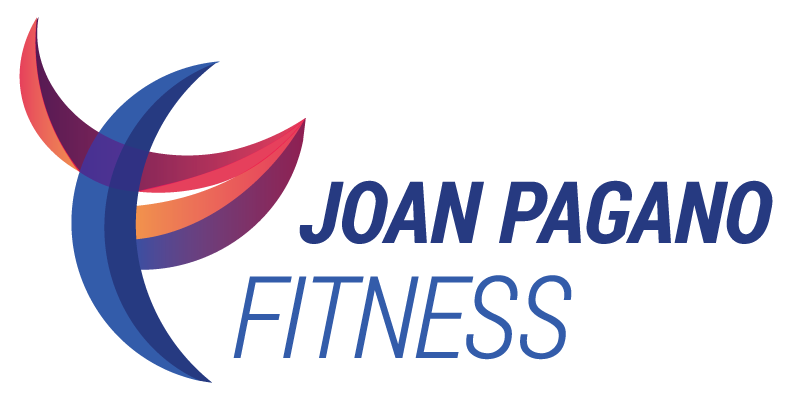S.U.S: Secret Code for Posture
When I was growing up, my mother and I shared a secret code for posture.
S.U.S. meant "Stand Up Straight" and I seemed to need constant reminders. When my self-image finally "grew" into my height, I straightened up to claim my full 5'10 ½ inches. Now at the age when loss of height can be an issue and posture needs constant vigilance, I look for ways to stand tall and straight.
Checkout these at-work desk stretch to do anytime, anywhere – you don’t have to be at work! But because we typically develop a forward posture from doing desk work, it’s the perfect opportunity to create a habit of stretching in the small moments of your day. Do them with me in the video below.
While there is nothing we can do to stop the aging process, there are a number of things we can do to stay tall, including working on posture and alignment, ensuring the health of our skeleton, and of course, stretching out our muscles.
Posture and alignment tips
When sitting, engage your core muscles instead of relying on external support. The torso will passively conform to whatever type of chair you are sitting on, and properly designed chairs are rare. Keep your weight distributed evenly across both hips. Feel the sit bones, not the tailbone, beneath you. Sit up tall, with the spine straight and with a natural curve in the lower back.
When standing, distribute your weight evenly on both feet. Soften the knees so they are not locked or hyperextended. Stack your ribs up over your hips, pelvis in neutral, i.e. not tilted forward or backward. Think of elongating the torso, stretching the space between the ribs and the hips, lengthening the spine.
Healthy skeleton
If you have lost height and/or are developing a permanent slump with rounded back or “sloping” shoulders, check with your doctor to make sure you don’t have a spinal condition like osteoporosis. A simple bone density scan can give you a report.
Spinal fractures are the most common type of fracture to occur with osteoporosis, accounting for 40% of all fractures. Vertebral fractures can cause your spine to curve forward (“kyphosis”) and may cause pain as the other muscles of the back are strained. Once your doctor approves, these simple moves can strengthen and lengthen the spine, improve mobility in the upper and middle back, and reverse the forward slump.
Stretching muscles in your workout
Stretching is one third of a well-rounded workout (the other two being aerobic exercise and strength training). After you've been contracting the muscles repeatedly in your aerobic workout – walking, running, cycling, swimming, etc. – it's important to lengthen them out by stretching. The same principle applies to strength training: after the muscles have been contracting against resistance, they need to be stretched out to their full length. Short, bunchy muscles will never give you a long, lean line.
It's advisable to stretch every day, even on days you don't exercise. Take a lesson from your pet dog or cat and notice that they stretch periodically throughout the day. You can move your joints to help wake up in the morning and get your circulation going. Or take a few minutes at work or in the evening to relax, to counteract the demands of your day and discharge tension from the muscles.
If you're looking for more practical lifestyle changes to conquer your most challenging health issues, check out my self-paced video course: Beat Belly Fat, Bloating, Bone Loss and the Blues.

